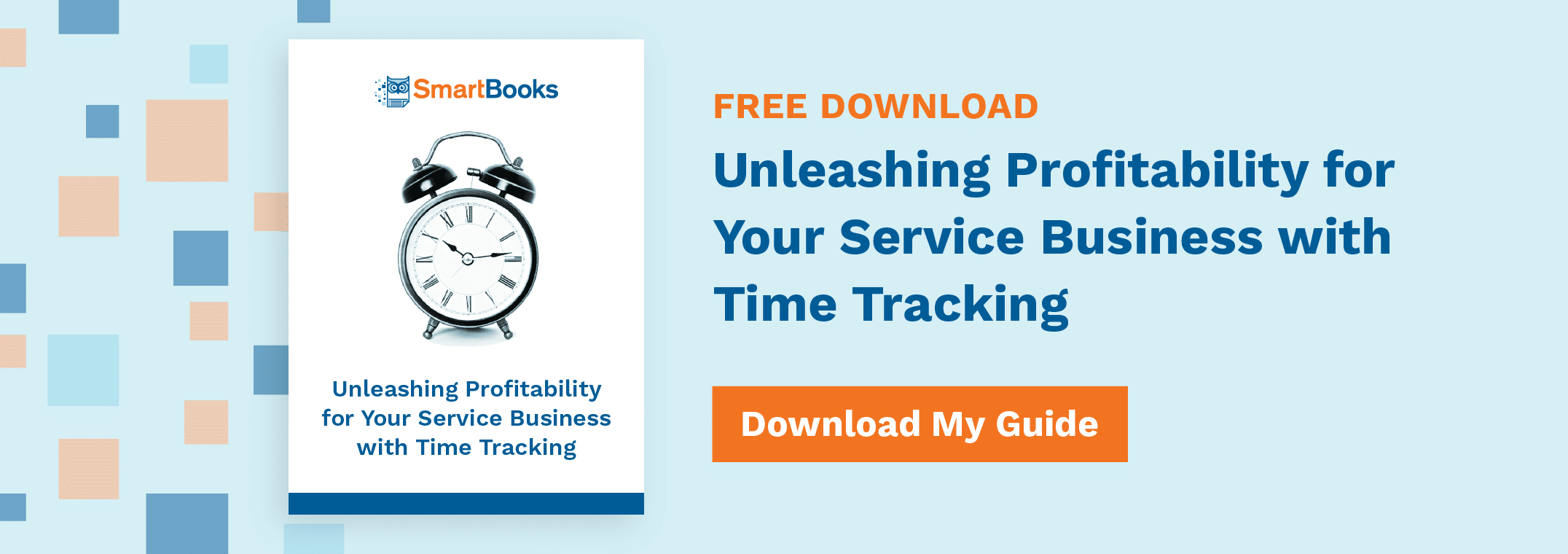How to Calculate Contribution Margin: A Small Business Owner’s Guide

Do you know how to calculate contribution margin? Are you currently tracking this crucial business metric? Your company’s contribution margin is a simple calculation of how profitable a product or service is. In its most basic form, your contribution margin is simply a measure of overall profit after cost of goods sold and direct labor costs are subtracted.
At least, that’s how it typically works for smaller businesses. There’s no “perfect” definition of contribution margin, as the term can mean many things to different companies. There’s a particularly large disparity in how larger companies assess contribution margin compared to smaller ones, with bigger companies placing more emphasis on measuring variable costs, and how individual product lines perform in the overall spectrum of their offerings.
To complicate matters further, you might hear contribution margin referred to as gross profit on services, service margin, or even labor-loaded gross profit. But to keep things simple, we’ll refer to it as contribution margin.
How to Calculate Contribution Margin: Start with Gross Profit
To calculate your contribution margin, you first need to calculate your gross profit. Calculating gross profit starts with your total revenue. (QuickBooks® lists this sum as “Total Income,” but it really just means the total sales revenue of the company gained from selling products or services). Here’s the first step:
- Revenue – Cost of Goods Sold = Gross Profit
It’s that simple. Take your total revenue and subtract the cost of goods sold to find gross profit. For reference, cost of goods sold typically refers to the hard costs of products you’re reselling; usually third-party products you resell or bundle into your offerings.
You’ll also have to include third-party staffing considerations in this. Occasionally, service costs for your contractors will be included in the cost of goods sold, but keep in mind that none of your W-2 employee costs should be included in the Gross Profit calculation.
How to Calculate Contribution Margin: Next Assess Direct Labor Costs
After calculating gross profit, we can dig into labor costs:
- Gross Profit – Direct Labor Costs = Contribution Margin
Direct labor costs are the costs associated with directly producing goods and services, and typically include the following expenses:
- Wages for employees producing the product or service
- Associated employee benefits and payroll taxes
- Subcontractors
- Management expenses
- Training and tools for your production people
Do not include the costs of your marketing, sales, general, and administrative operations.
Take stock of these costs and subtract them from your gross profit to get your contribution margin in real dollars.
For example, a manufacturer may sell widgets that cost $3 to produce and sell for $10 each. This makes the product’s contribution margin $7 per unit, or 70% of revenue. For another example, a services firm may deliver a project that cost $30,000 in direct labor costs, and sell the project for $50,000. This makes the project’s contribution margin $20,000, or 40% of revenue. Ultimately this all rolls up to the overall company contribution margin from all the goods and services it sells.
From here, it’s easy to see how we can use contribution margin as a measure of profitability. After learning your company’s contribution margin in dollars, it’s time to consider your contribution margin productivity percent:
- Contribution Margin / Revenue = Contribution Margin Productivity Percent
Applying Your Contribution Margin
If you resell some big-ticket products at relatively low margin, and the timing of such sales is sporadic over the course of the year, you may find your contribution margin percentage of revenue is volatile from month to month. In that case, you may find it more relevant to measure your contribution margin as a percentage of gross profit. This smooths out the volatile impacts of reselling random volumes of low margin products.
But overall, the contribution margin calculation is crucial to understanding how profitable a company’s core offering is. Contribution margin reflects the price the market is paying compared to your cost of producing the good or service.
In our next piece, we’ll discuss strategies for increasing your contribution margin and review the key inputs that influence your contribution margin percentage. Stay tuned!
